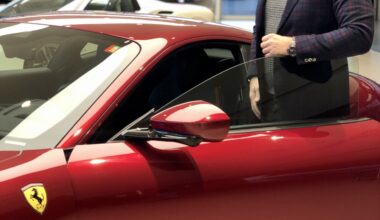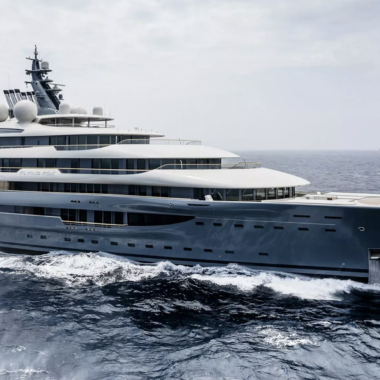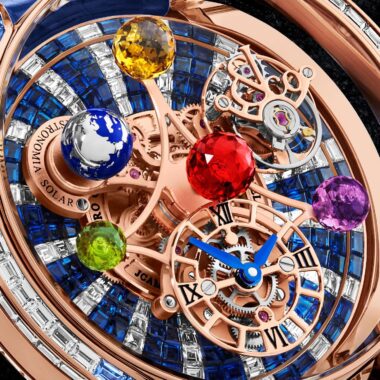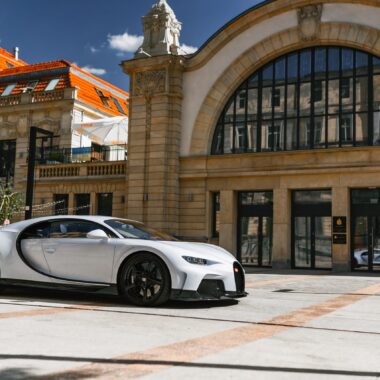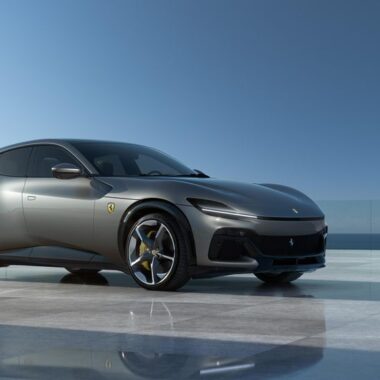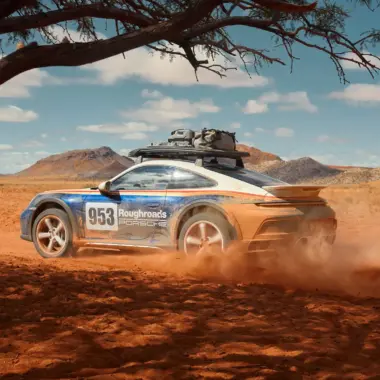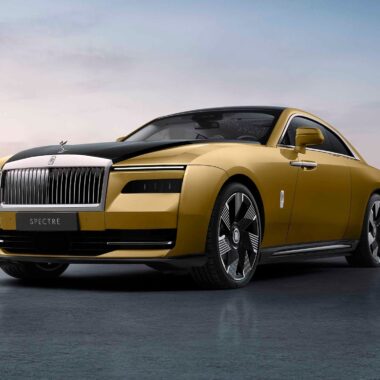IWC or International Watch Company is – despite its English name – a Swiss manufacture of luxury watches. Founded in 1868 in Schaffhausen by Florentine A. Jones, today it is one of the leading watchmaking brands in the world, and in no way inferior to its more famous Swiss competition.

An American in Switzerland
Why does the Swiss manufacture bear the common name of the International Watch Company, and it’s still in English? Probably because its founder, Florentine A. Jones, was a Boston watchmaker. Coming from the watchmaking family of Florentine, he decided to leave his homeland after the Civil War and emigrate to Switzerland to fulfill his life’s dream: to set up his own workshop.
The beginnings weren’t easy, but Jones didn’t give up. His friend Charles Louis Kidder, who traveled with him around Switzerland in search of the perfect place to start a business, had a lot of credit for this. They found their place in Schaffhausen, a town where a hydroelectric power plant had just been launched, thanks to which IWC had access to relatively cheap electricity. J.H Moser – also a watchmaker himself – who supervised the construction of the said power plant, convinced him to establish a factory in this town.

From the very start, Jones used machines to make watches, which did not make him feel like the local people, who were thus deprived of work. However, Jones knew that the watches were produced for the rapidly growing American market, and thus had to achieve economies of scale. For the first few years, sales grew year by year, but the 24% custom duty for watches imported from Europe and the successful campaign of Jones’ American competitors targeting shopping patriotism (“Buy American!”) led to a collapse in sales. In 1875, the company was taken over by the bank and its founder returned to Boston.
A double bankruptcy
Frederic Frank Seeland attempted to save the company, but he too suffered a disastrous defeat. In 1879, the company went bankrupt for the second time. However – as the saying goes – art up to three times. In 1880, the IWC was taken over by Johann Rauschenbach-Vogel, which changed its name to Internationale Uhrenfabrik and hired the talented Urs Haenggi. The latter breathed new life into the company, behind the production of such classics as the Granda Complication (a thousand parts assembled by hand in a year) or the durable 52 caliber installed on the first Big Pilot in 1940.

New times, new models
Over the years, the IWC changed names and changed hands; even the well-known psychoanalyst and psychiatrist Carl Gustav Jung was co-owner for a while. Particularly difficult times for the IWC were World War II, but even then IWC launched new models on the market – Portuguese or the first timepiece for pilots with a rotating ring facilitating the determination of flight time and remaining fuel in the tanks.
The 1950s and 1960s saw numerous premieres of the most famous IWC movements and watches: in 1955, an automatic winding system appeared in the Ingenieur collection, in 1967 the company launched the Aquatimer with a water resistance class of up to 20 atmospheres.

Pojawienie się tanich zegarków kwarcowych sprawiło, że IWC po raz kolejny musiało się mierzyć z trudnościami. Kierownictwo przedsiębiorstwa postanowiło skupić się na tworzeniu wysokiej klasy zegarków kieszonkowych. Rozpoczęto współpracę z Porsche Design – we wspólnej kolekcji po raz pierwszy w świecie zegarków użyto lekkiego i wytrzymałego tytanu.
Bad decisions
In the 1980s, short-sighted decisions by the management board almost resulted in the company’s death. One of them was to discontinue the production of our own watches and purchase them externally. This translated into difficulties in producing their own calibers and deprived the company of some prestige.

A triumphant comeback
Fortunately, after some time Jaeger-Le Coultre and ETA became the supplier of the calipers. It is thanks to them that the company was able to launch two of its classics: Ocean 2000 with a water resistance to 200 atmospheres and Da Vinci – a watch with a Valjoux 7750 movement, perpetual calendar and moon phase. In 1989, the new Ingenieur model appeared, and in 1990 – the jubilee handheld version of the Grand Complication, in which solutions known from Da Vinci were used and a minute repeater was added.

Other milestones for the company include the launch of models such as the Portuguese 2000 (caliber 5000 with a seven-day power reserve), Big Pilot from 2002 (caliber 5011 with a seven-day power reserve), or the Aquatimer operating even at a depth of 2000 metres.
Today, IWC is a company that creates luxurious and extremely complicated timepieces, drawing handfuls from the rich history of the brand. Its ambassador is, among others rally driver Lewis Hamilton.


